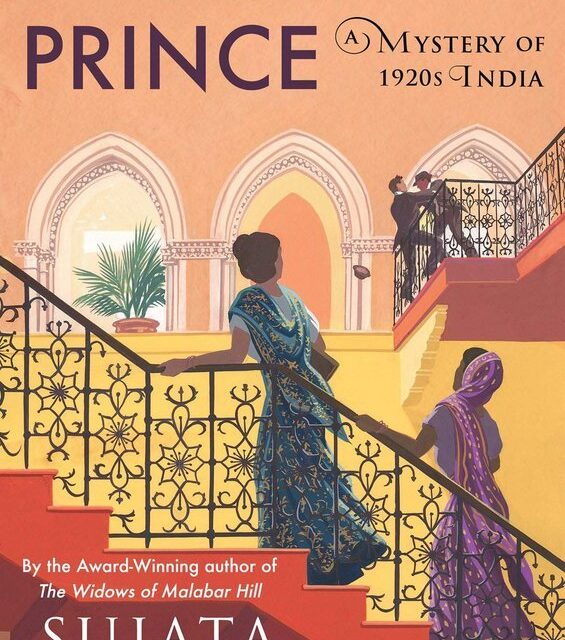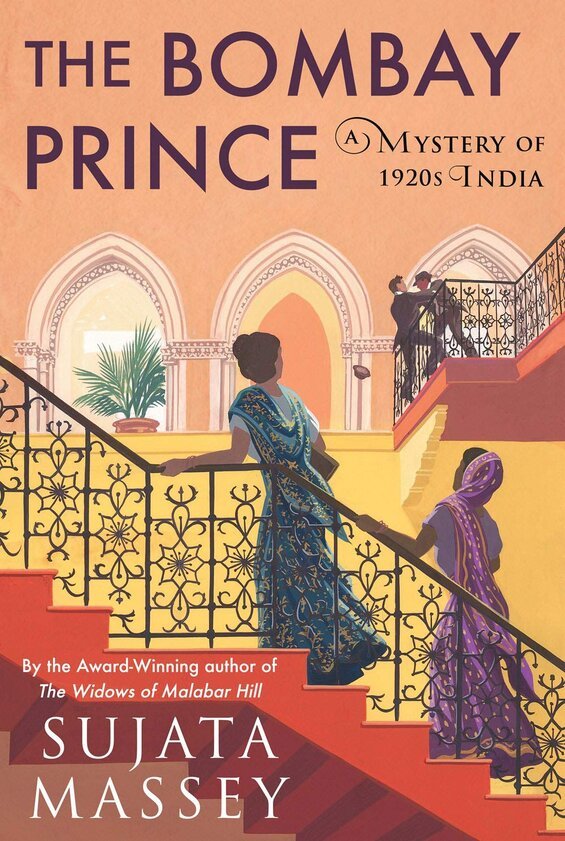
Estimated reading time: 6 minutes
When Britain’s Crown Prince Edward strode through the Gateway of India in Bombay late in 1921, the subcontinent was seething with unrest. Thousands of loyalists turned out to gain a glimpse of the glamorous royal. But the city as a whole was quiet. Civil disobedience championed by Mohandas Gandhi and the Indian independence movement had inspired many thousands more to stay at home. But novelist Sujata Massey imagines instead a wave of violent protest in the streets in The Bombay Prince. It’s the third book in her series featuring Perveen Mistry, the city’s first female lawyer.
A fascinating snapshot of India’s diversity
Prince Edward’s tour of India unfolds in the background as Perveen investigates the murder of a promising young college student that took place as the prince’s entourage passed by the campus. If you’re looking for a fast-moving thriller with a splurge of violence and a surprising twist every few pages, you won’t find it here. Instead, as the mystery plays out, you’ll be treated to an intriguing picture of India’s rich ethnic and religious diversity. It’s a snapshot of life in the colony’s largest city as the Indian independence movement from Britain was gaining steam.
The Bombay Prince (Perveen Mistry #3) by Sujata Massey (2021) 298 pages ★★★★☆
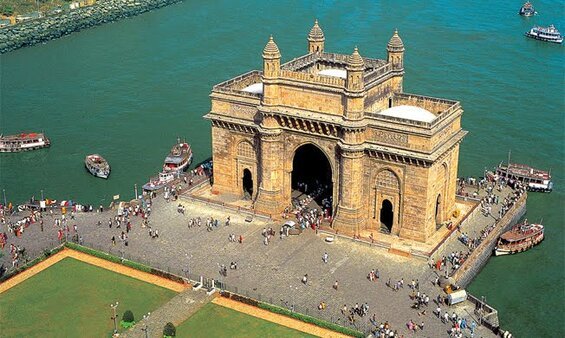
Who is Perveen Mistry?
In two previous books in this series, we learned that Perveen Mistry studied law at Oxford University. She now works with her father in his legal practice. Her brother runs the family’s construction firm and is married to Perveen’s best childhood friend. They’re Parsis, members of a small Zoroastrian sect that has gained wealth and influence far out of proportion to their numbers in India. (The term is pronounced “parsees.”)
Perveen was briefly married to a Parsi businessman from Calcutta but left when he turned abusive and unfaithful. Now, under a decision in Parsi religious court, the marriage is over, but she is unable to remarry so long as her ex-husband lives. As a result, Perveen cannot pursue the powerful mutual attraction that developed between her and British official Colin Sandrigham. The two met when Perveen traveled to one of the princely states under his supervision. And the attraction will prove awkward when he turns up in the city in The Bombay Prince.
An investigation in the shadow of the Indian independence movement
The crown prince who arrived in Bombay then was the future Edward VIII, the man who abdicated and became known as the Duke of Windsor. As he rides along the nearby reception route, the body of young Freny Cuttingmaster turns up on the campus of Woodburn College. Perveen is among the first to find her but is rushed off-campus by college officials fearful that an investigation will reflect poorly on them. Their fear helps prod her to look into the death. In her investigation, the young solicitor must also grapple with the prince’s security escort and anti-British sentiment among the students. She herself even has a close brush with death at the hands of looters she encounters on the street. Perveen sympathizes with the Indian independence movement but is forced to suppress her feelings. Her family’s loyalties lie with the crown.
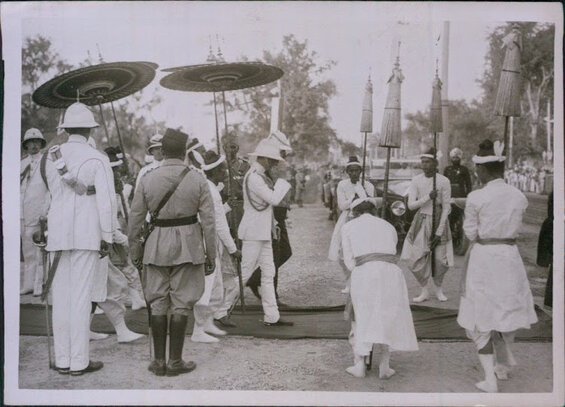
Who are the Parsis?
Freny Cuttingmaster is a Parsi like Perveen herself, a descendant of refugees from seventh-century Persia following the Islamic conquest. (Her surname, like those of many Parsis, reflects her family’s traditional livelihood. Freny’s father is a tailor. And my Iranian-American periodontist shares an office with a dermatologist named Dr. Devika Icecreamwala.) Many of the other characters in the novel are Parsis as well. If Massey errs in any way, it is only in that the tight focus on the insular Parsi community gives the impression that the sect might rank with Hinduism and Islam among the country’s principal faiths. In fact, the adherents of Zoroastrianism numbered just 101,000 in 1921 in a nation of 251 million. The Parsi faith centers on the “Triple H” of Humata, Huxta, Huvarshta, which translates as “Good Thoughts, Good Words, Good Deeds.” Perveen and her devout family strive to follow this “threefold path.”
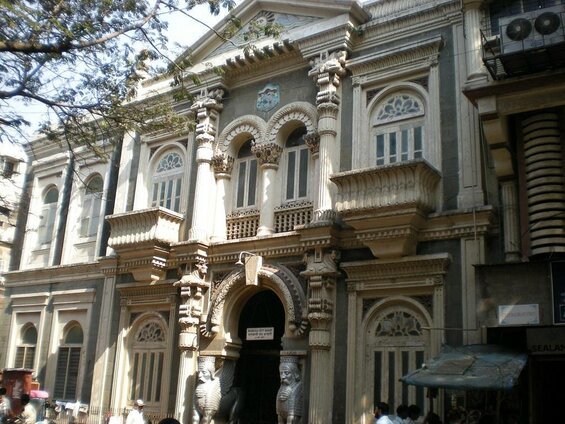
In all of India today, just 60,000 Parsis remain. Intermarriage and loss of faith have taken their toll over the past century. But the sect’s influence remains strong, especially in the realm of industry and finance. Five Parsi families are billionaires. Among them are the Tatas, scions of the sprawling Tata industrial empire founded in the nineteenth century by Jamsetji Tata (1839-1904), who is known as the “Father of Indian Industry.” Co-religionists are disproportionately represented in Indian philanthropy as well, following a centuries-long tradition grounded in their faith. And several Parsis figured in the leadership of the Indian independence movement.
About the author
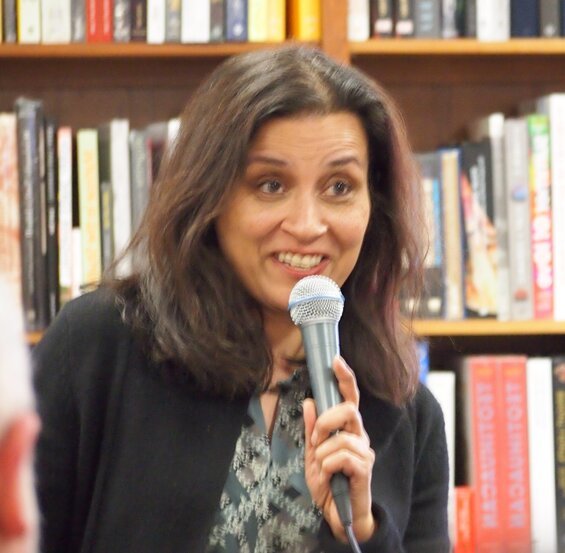
British-born American mystery author Sujata Massey won wide acclaim and several prestigious awards for the first novel in the Perveen Mistry series. In addition to the three books to date in that series, she has written eleven novels featuring Rei Shimura, an amateur Japanese-American detective in Tokyo. Massey was born in Sussex, England of an Indian father and German mother but emigrated with her family to the USA at the age of five.
For related reading
I’ve also reviewed three other books in the Perveen Mistry series:
- The Widows of Malabar Hill (The first woman lawyer in Bombay solves a baffling mystery)
- The Satapur Moonstone (A murder mystery set in colonial India highlights the princely states)
- The Mistress of Bhatia House (Fighting crime in Bombay a century ago)
For similar titles, see The best Indian detective novels.
You might also enjoy my posts:
- Top 10 mystery and thriller series
- 20 excellent standalone mysteries and thrillers
- 30 outstanding detective series from around the world
- Top 20 suspenseful detective novels
- Top 10 historical mysteries and thrillers
And you can always find my most popular reviews, and the most recent ones, on the Home Page.

